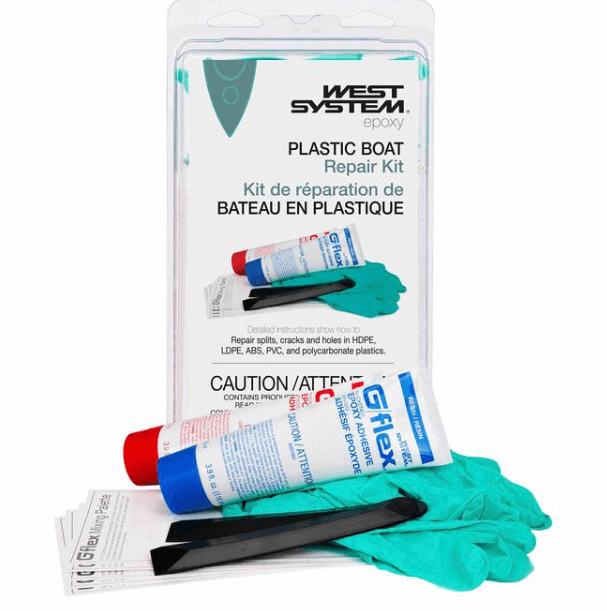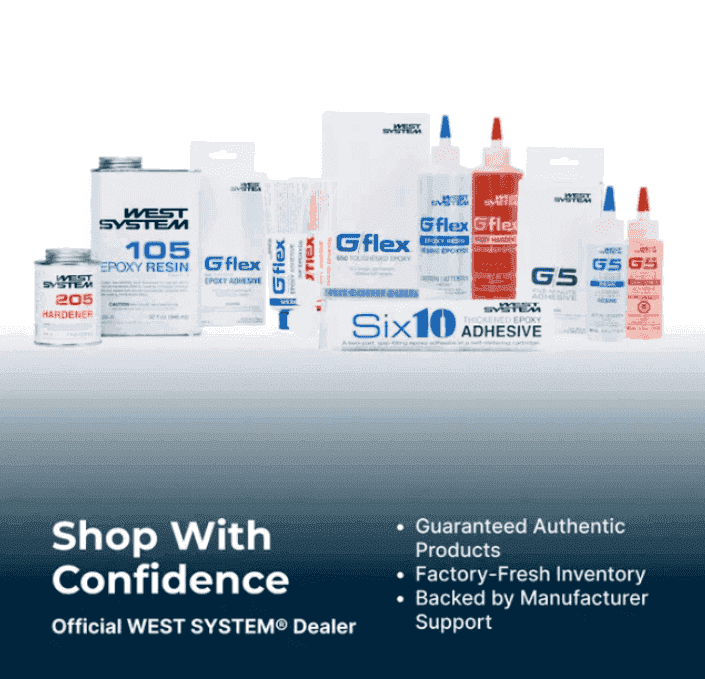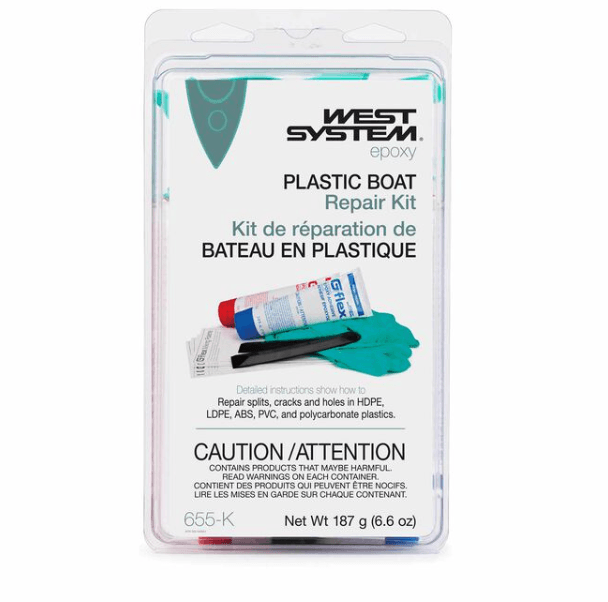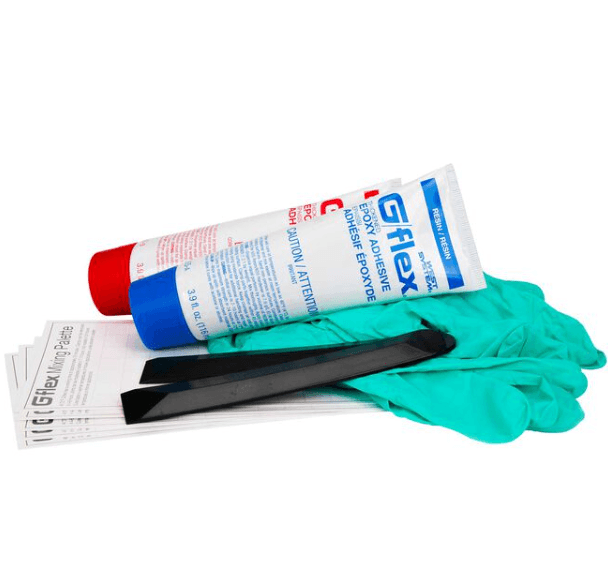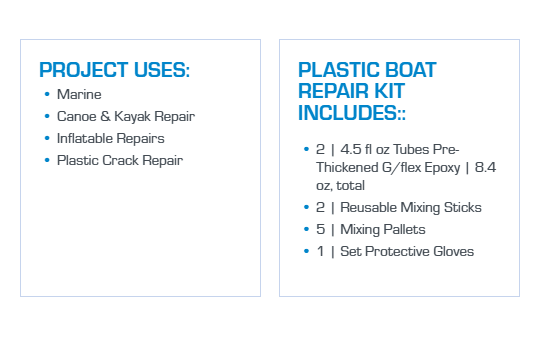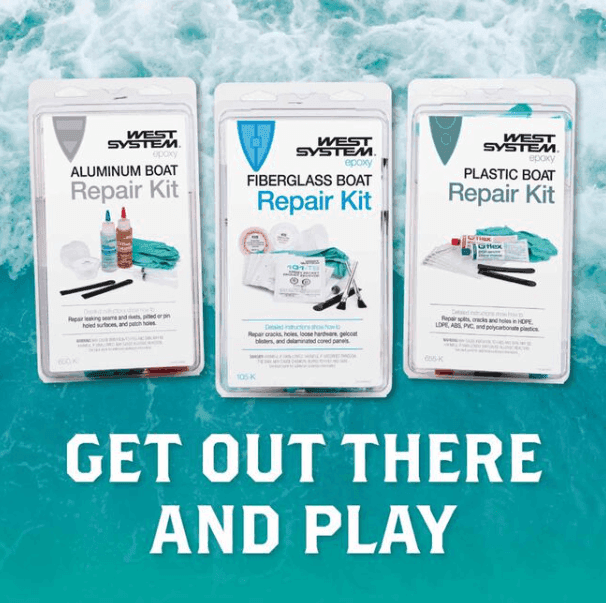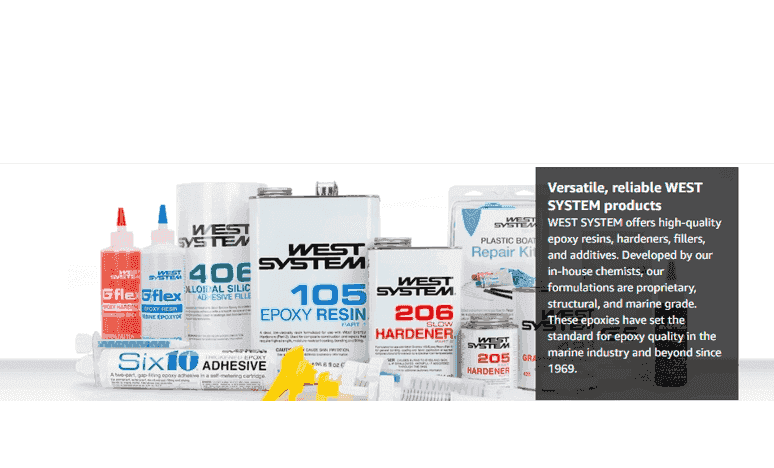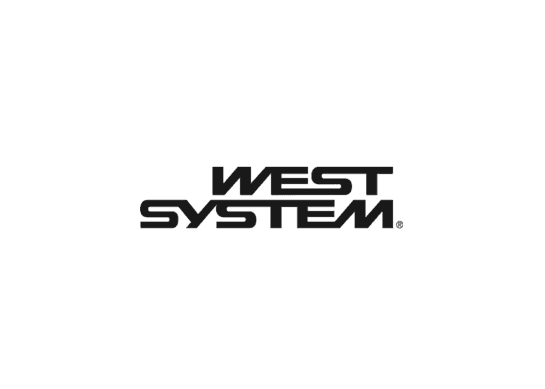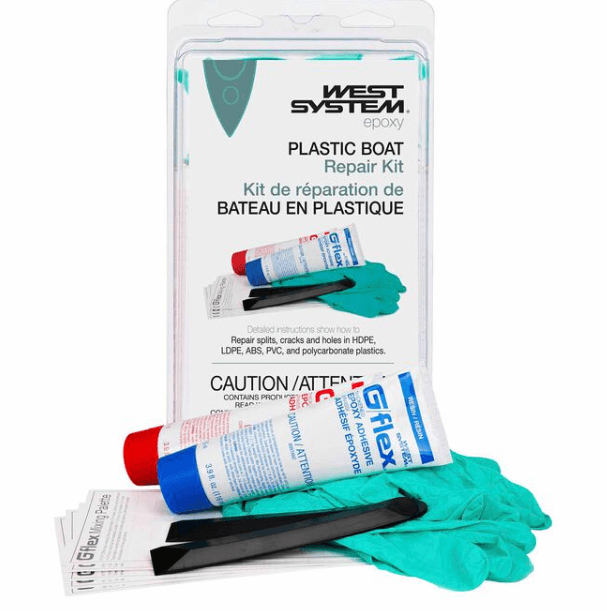
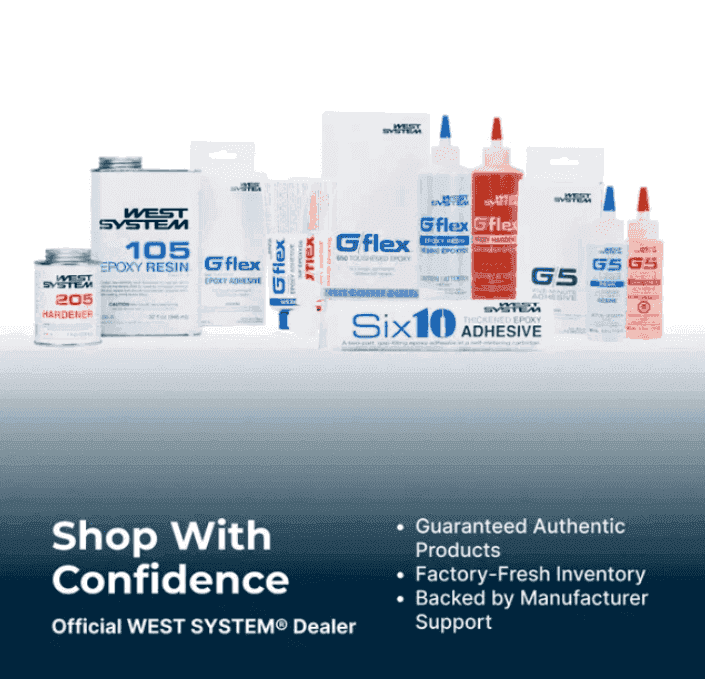
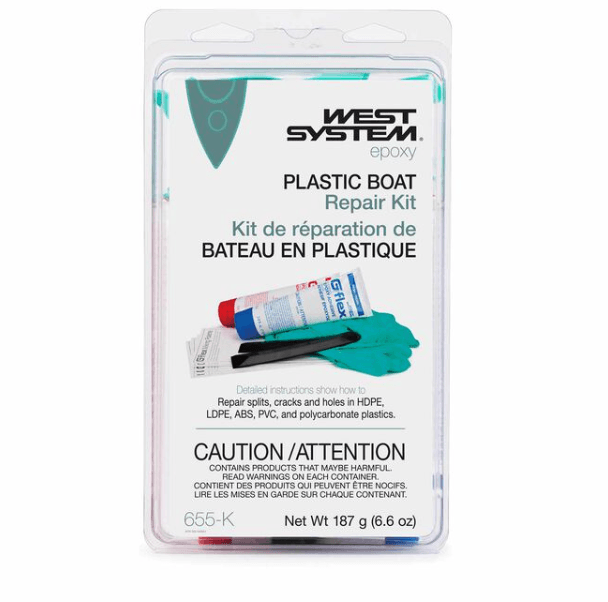
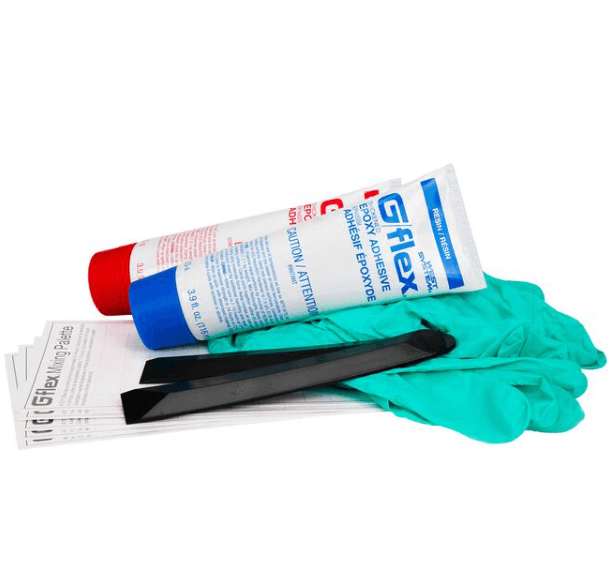
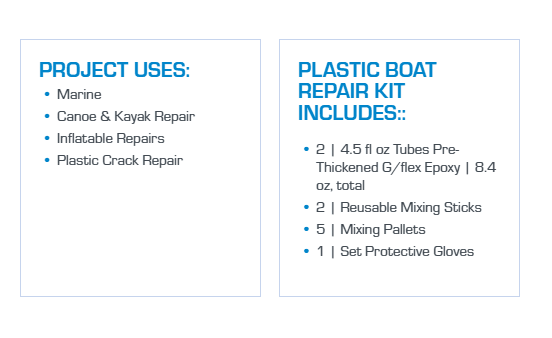
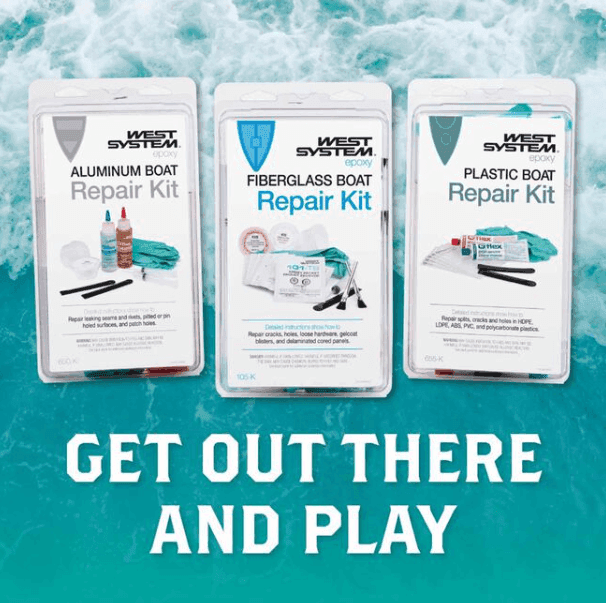
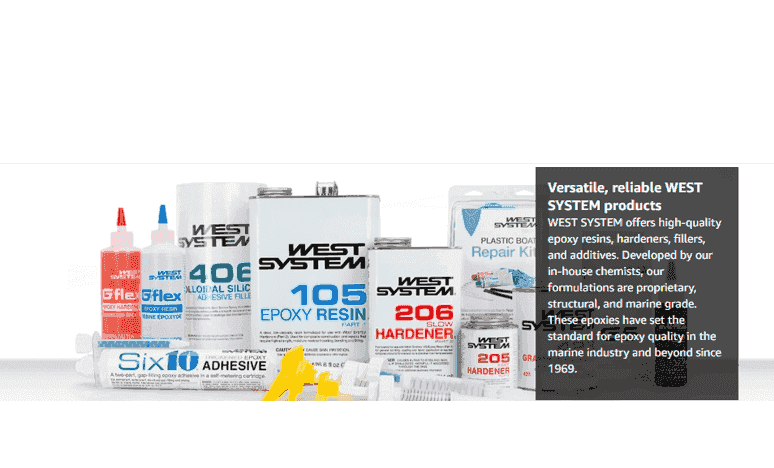
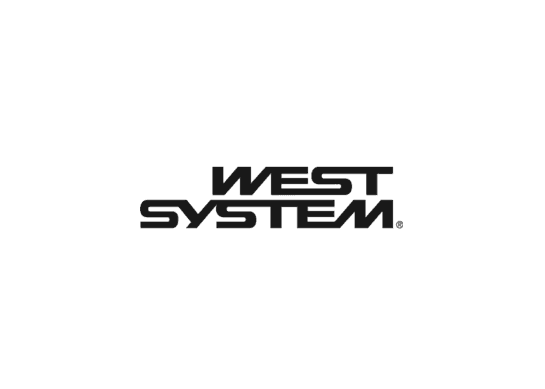
Product Description
WEST SYSTEM G/flex #655 Plastic Boat Repair Kit (655-K)
Model # 9223157
Repair splits, cracks, and small holes in plastic canoes, kayaks, and other small boats made from HDPE, LDPE, ABS, PVC, or polycarbonate plastic with the contents of this kit. The Plastic Boat Repair Kit features plastic-friendly G/flex® 655 Thickened Epoxy Adhesive and is assembled with the do-it-yourselfer in mind. Repair splits and cracks in plastic boats, attach or repair inflatable boat reinforcement points, and repair inflatable pinhole leaks. All components are contained in a sturdy, resealable package.
DESIGNED FOR
- Plastics
- Underwater/Wet Surfaces
- Hard to Bond to Woods
- Metals
- Fiberglass
PROJECT USES
- Marine
- Canoe & Kayak Repair
- Inflatable Repairs
- Plastic Crack Repair
INCLUDES
- (2) 4.5 fl oz Tubes Pre-Thickened G/flex Epoxy | 8.4 oz, total
- (2) Reusable Mixing Sticks
- (5) Mixing Pallets
- (1) Set Protective Gloves
All other WEST SYSTEM products are sold separately.
For the suitability of fillers for specific applications, see the Filler Selection Chart.
For more about the complete line of WEST SYSTEM products, see the Product Selection Guide.
Additional Info:
Designed with Plastic Boat Repair in Mind
G/flex® 655 Thickened Epoxy Adhesive bonds to plastics.
Word of G/flex has spread, and we’ve received many calls from canoe and kayak liveries. They had damaged boats made of molded plastic that needed to be repaired quickly because their season was about to begin. The damage ranged from normal wear and tear on the bottoms near the bow and stern to cracks and splits that appeared randomly on the hulls.
The G/flex Epoxy kits come with an instructional brochure explaining various repair techniques, including plastic canoe and kayak repairs and flame-treating techniques.
Surface Preparation for Plastics
Plastics historically have been used with mold-release surfaces for epoxy, allowing them to release from the molds when cured. While developing G/flex, we tested adhesion to several plastics with various surface prep methods.
We discovered that some plastics need only be abraded for good adhesion to take place. Other plastics required additional surface prep and flame treatment to form dependable bonds. We discovered that a few plastics, like polypropylene and acrylic and their molecular cousins, are difficult to glue reliably, no matter how we prepared the surfaces. (655K)
Repairing Plastic with G/flex
-
Bevel and Round the Edges
- To repair 1/8″ to 1/4″ plastic, we recommend increasing the surface area along the joint by beveling and rounding the edges to be glued. This strategy is effective for repairing cracks in plastic canoes and kayaks. To test G/flex for this type of repair, we simulated splits in the bottom of a thermal-formed plastic hull by edge gluing 1/8″ thick high-density polyethylene (HDPE) sheets.
- By beveling and rounding the edges of the joint with a sharp object, sanding, and flame treating the surface with a propane torch, we effectively glued this plastic together. Figure 3 shows plastic being tested under deflection after repair. The article Repairing a Royalex™ Canoe with G/flex Epoxy in Epoxyworks magazine used this joint style.
-
Consider Stiffness
- The thickness of a material has an exponential effect on stiffness. When repairing small plastic boats, the relatively thin hull helps reduce the stress in the repair because the entire bottom or side will often deflect a significant amount under a small load. Although the plastic hull shell has deflected significantly, the overall stress in the material is low.
- A thicker, and stiffer panel can generate much higher stresses as it deflects and put more stress on the edges of the glue joint. Repairing stiffer (thicker) plastic parts requires more attention to the possible cleavage and peeling loads.
-
Use Fillets when Bonding Butt Joints
- Fillets are used to increase the surface area of the joint and reduce the stress concentration, which in turn helps handle off-axis loads that can cause the joint to cleave apart. We recently performed a tensile test on polyethylene butt joints by pulling apart samples with and without fillets. The samples that used fillets required almost 100% more force to pull apart.
G/flex & Wet Surfaces
G/flex has the ability to glue damp woods. It can be used on wet surfaces, even underwater when applied with specific techniques. See the 655-K Instruction Manual for steps on this process.
Bonding to Dissimilar Materials
G/flex is ideal for bonding a variety of materials, including dissimilar ones. It has a superior grip so that it can be used to bond to metals, plastics, glass, masonry, and fiberglass. This epoxy is ideal for repairs to aluminum boats and polyethylene and ABS canoes and kayaks. It can also be used to wet out and bond fiberglass tapes and fabrics.
Bonding Types
- We often simplify adhesive bonds into primary and secondary or chemical and mechanical bonds. Primary bonds occur when epoxy is applied to a previously applied layer of epoxy that has not been fully cured. The layers of adhesive will bond as if they were applied at the same time and mixed together. Mechanical bonds rely on the adhesion of the epoxy to a substrate. To visualize this, imagine the epoxy flowing into all of the imperfections and the sanding scratches of the substrate and locking it into place. In reality, the forces are much more complex and beyond the scope of this article.
- The fundamentals of achieving strong secondary bonds are the same whether the interatomic forces are understood or not. They include:
- Wet out the substrate. The epoxy must be able to flow and wet the surface. Surface contaminates can prevent this from happening.
- Let the epoxy cure in place. Clamps must remain in place, and the joint can not be stressed until the epoxy cures.
- Use a high-strength epoxy. WEST SYSTEM epoxy is a structural adhesive after it has cured.
Adhesion of G/flex Epoxies
Tensile Adhesion
Tensile stress on an adhesive is created when a load is applied perpendicular to the surface. The stress generated by the load may cause an adhesion failure that is much lower than the actual tensile strength of the glue. The tensile adhesion value is not the same as the tensile strength. WEST SYSTEM® epoxy is formulated to have high tensile strength for applications such as creating a strong fiberglass laminate and high tensile adhesion to common substrates for strong bonds. WEST SYSTEM G/flex® is formulated to achieve the highest adhesion values. The Tensile Adhesion for G/flex Epoxies on multiple substrates can be compared with this chart.
Adhesion Testing
Adhesion with G/flex to properly prepared plastics (other than polypropylene and acrylic) varies from about 1,700 to 3,300 psi, depending on the plastic and the surface prep used. We tested these bonds with the Pneumatic Tensile Test Instrument (PATTI). The table above shows the average adhesion achieved by G/flex 655 Epoxy to various plastics with different surface prep. In many cases, the adhesion is not enough to exceed the strength of the plastic, but it is considerably better than bonds between plastic and other epoxy formulations. The chart also shows the advantage of flame treating (especially in the case of polyethylene) and the advantage of alcohol wiping over sanding before flame treating.
WARNING: This product can expose you to chemicals which are known to the State of California to cause cancer, birth defects or other reproductive harm. For more information go to P65Warnings.ca.gov.
✔ Verified Reviews
Safe payment on our website
- Choosing a selection results in a full page refresh.
- Opens in a new window.

